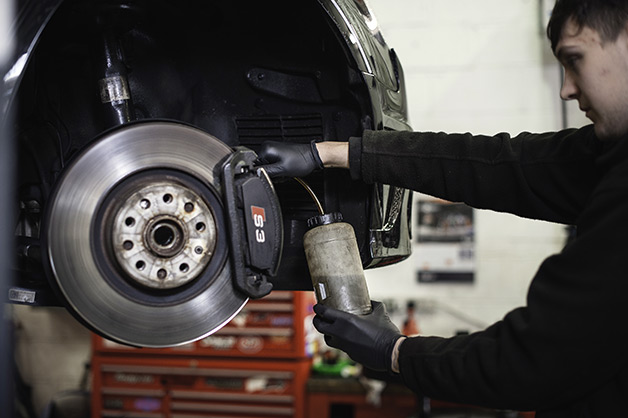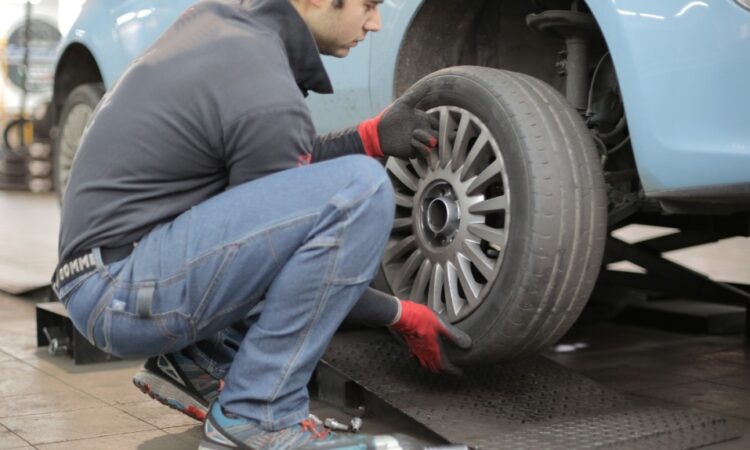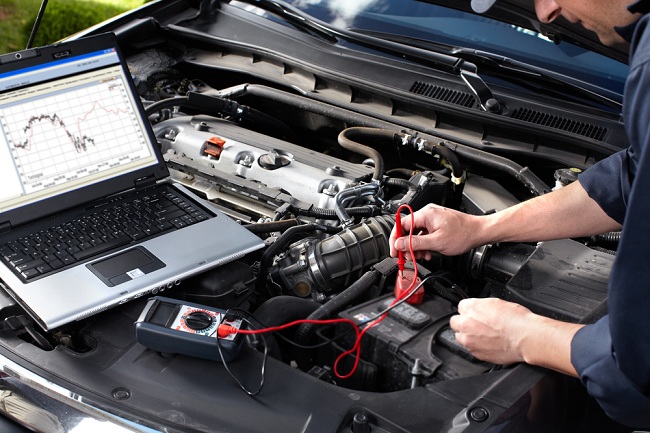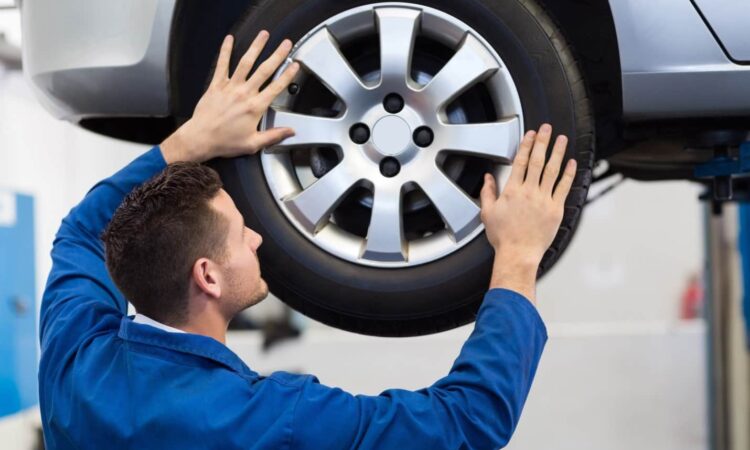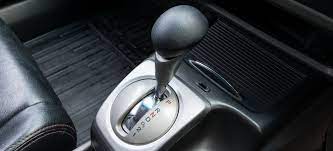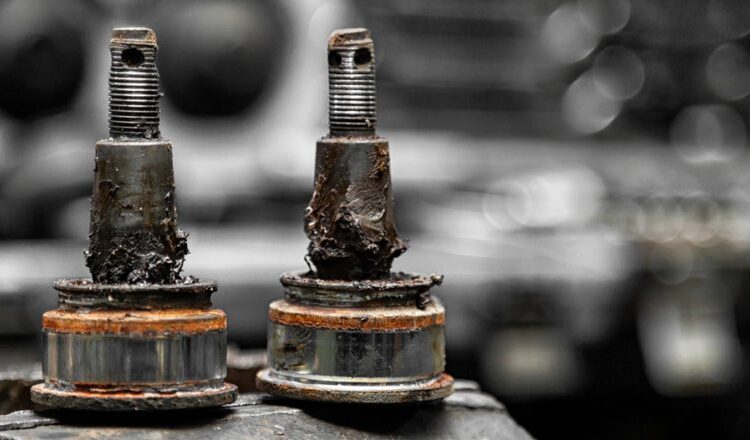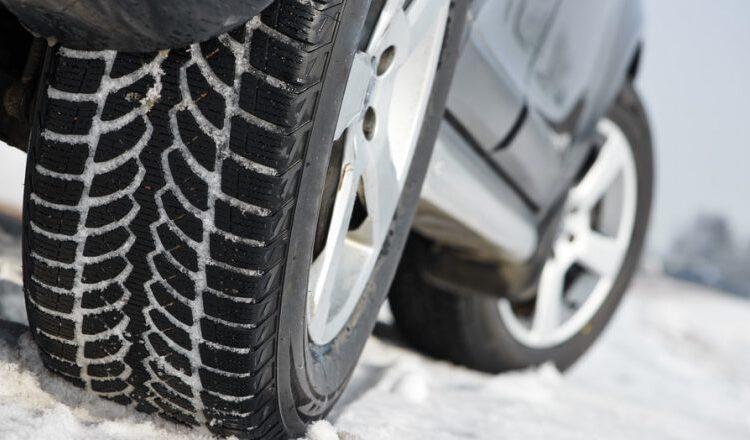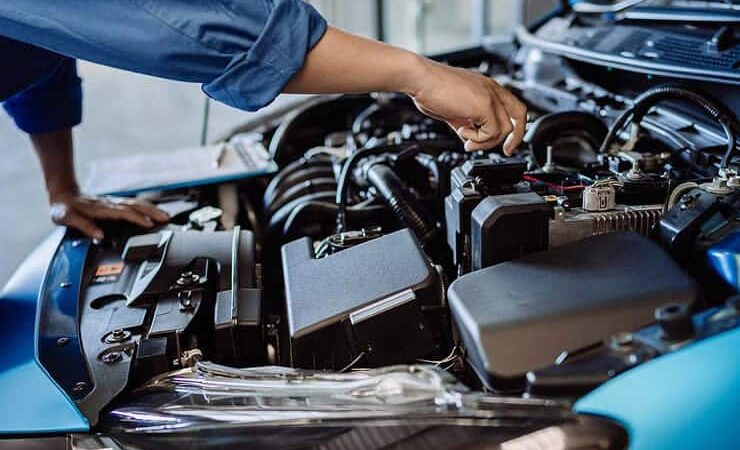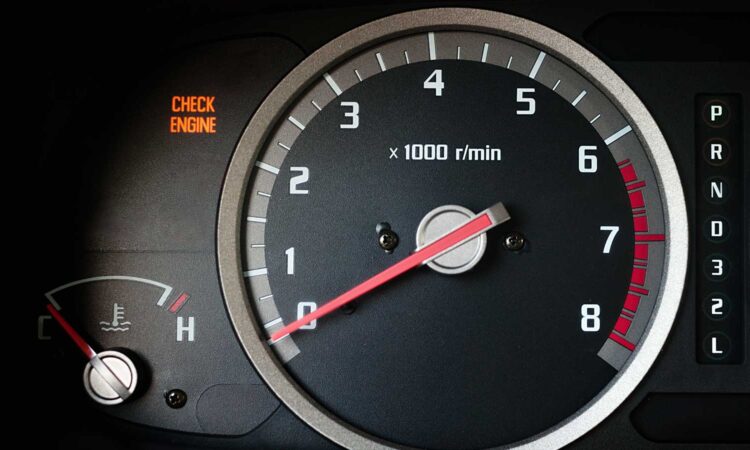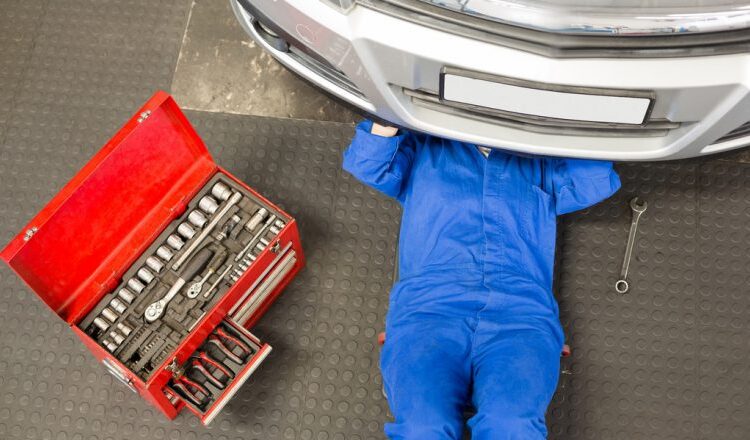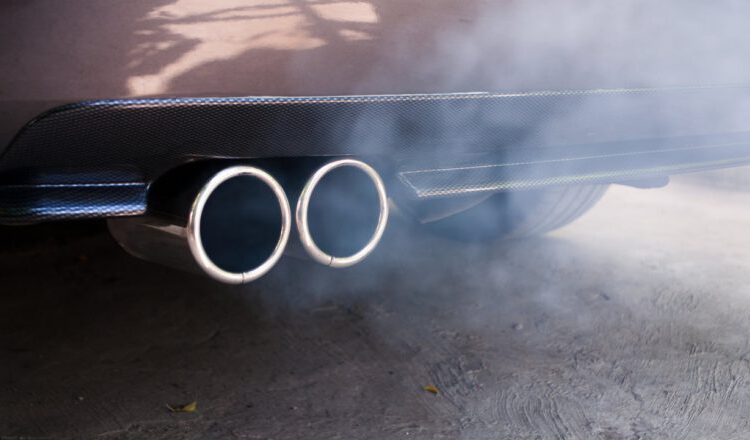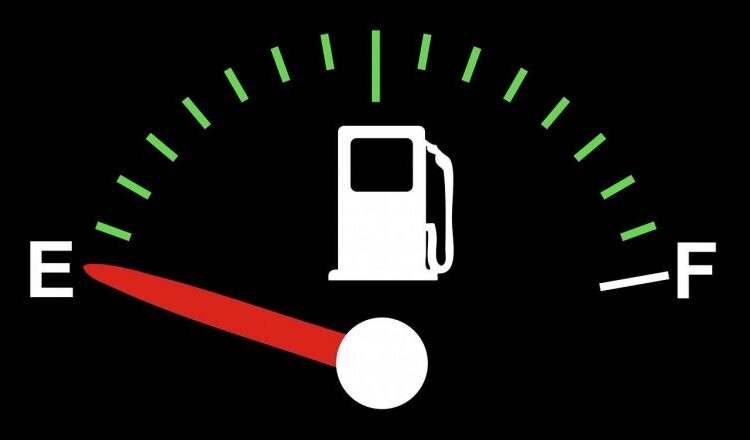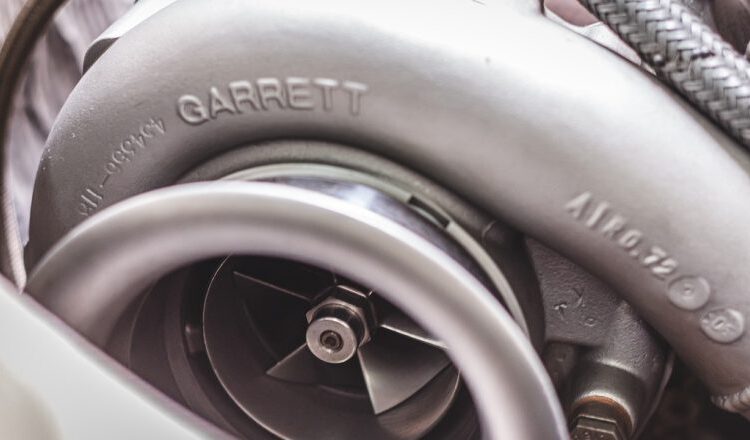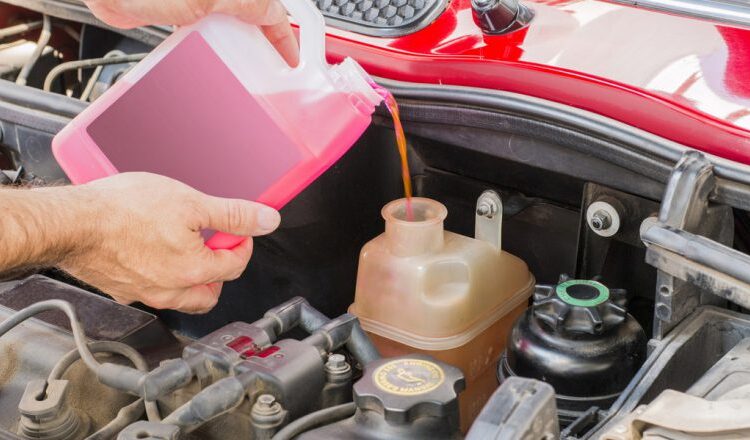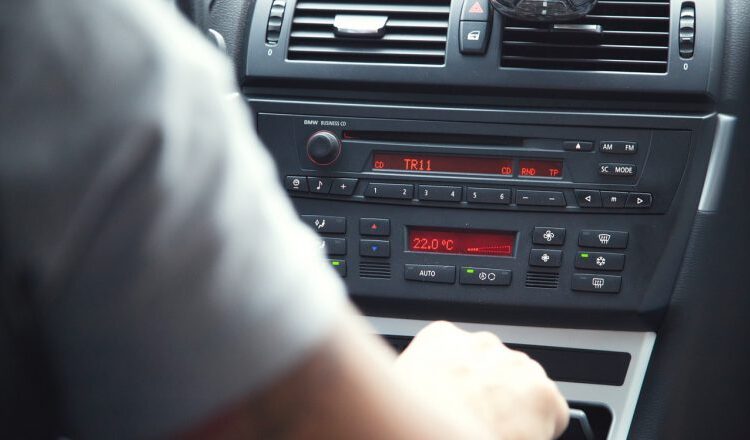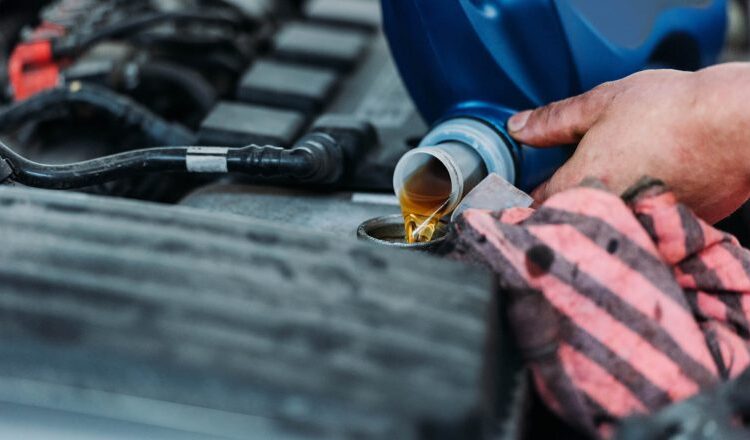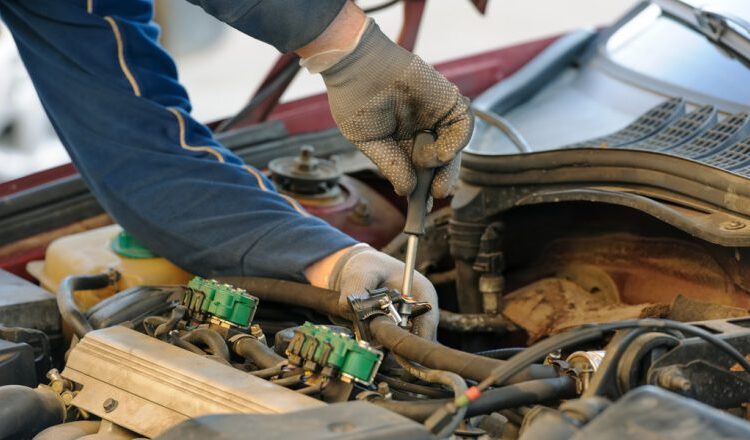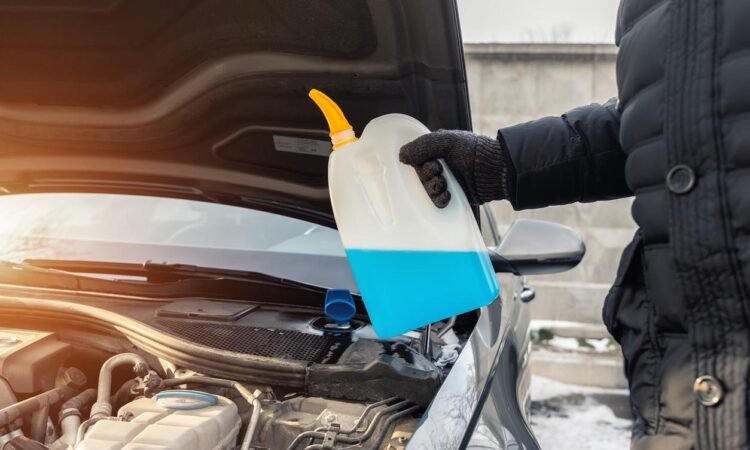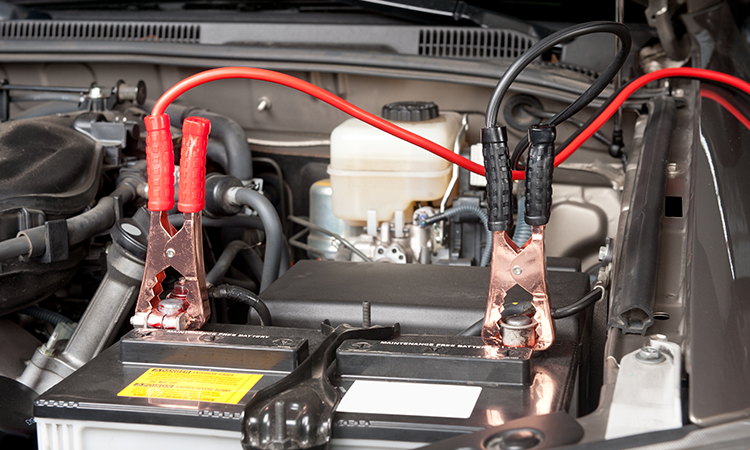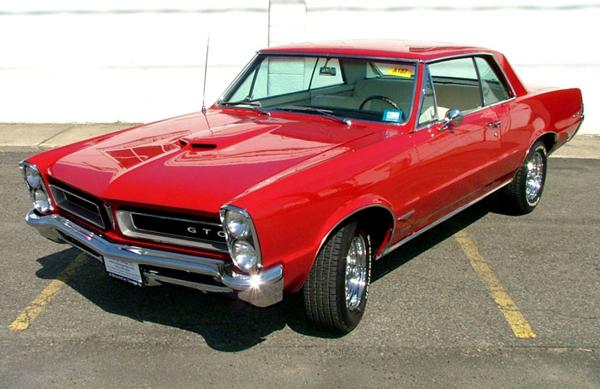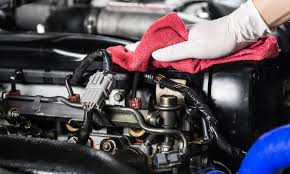
While the components beneath a car’s hood are typically well shielded from excessive dirt, there are instances when a thorough engine wash becomes necessary. The question then arises: how should one go about it?
You don’t have to—don’t wash it
First and foremost, it’s crucial to emphasize that engine washing should only be undertaken when a genuine need exists. It is advisable to refrain from washing the engine for purely aesthetic reasons, as a slight layer of dirt is unlikely to pose any harm to the components. Justifiable reasons for engine washing include instances of the engine block being flooded with operational fluids, the excessive “sweating” of oil, or the accumulation of various debris after prolonged inactivity.
It’s important to recognize that a comprehensive engine wash is a rather intrusive procedure, particularly for delicate wires and hoses that are susceptible to damage. Improper engine washing may lead to the infiltration of water and cleaning agents into various installations and systems, resulting in potentially serious malfunctions. Consequently, many car wash services disclaim any responsibility for faults that may arise as a result of engine washing.
Engine washing: before you start
Preparing for engine washing involves gathering the necessary tools and ensuring a suitable environment. Essential items include sturdy rubber gloves, protective glasses, a wire brush, and a cloth. The process should take place on a hard surface, such as concrete or paving stones.
Where do I wash the engine?
Choosing the right location for engine washing is crucial. Avoid washing the engine on grass, as the drips of cleaning solutions, oils, and greases can irreversibly contaminate the soft surface. It’s important to note that washing the engine in a public area may result in fines, and regulations may vary depending on the municipality. Therefore, it is advisable to perform engine washing in a designated area specifically designed for this purpose.
Wash only when the engine is cold!
Another vital consideration is to wash the engine only when it is cold. Contacting a heated engine block with water and cleaning solutions can lead to intense evaporation, potentially causing damage to both individual components and posing risks to respiratory health. This precaution is particularly critical for engines with aluminum blocks, which are known to heat up rapidly and reach high temperatures.
Electrical installation protection
Protecting the electrical installation is also a key aspect of engine washing. Covering the alternator, individual wires, cubes, and harnesses with foil is recommended. This step is especially crucial for vehicles with protruding or exposed electrical elements under the compartment, such as those equipped with LPG installations. Additionally, disconnecting and removing the battery is a good practice. This not only grounds the car but also provides extra protection to the electrical installation during the washing process.
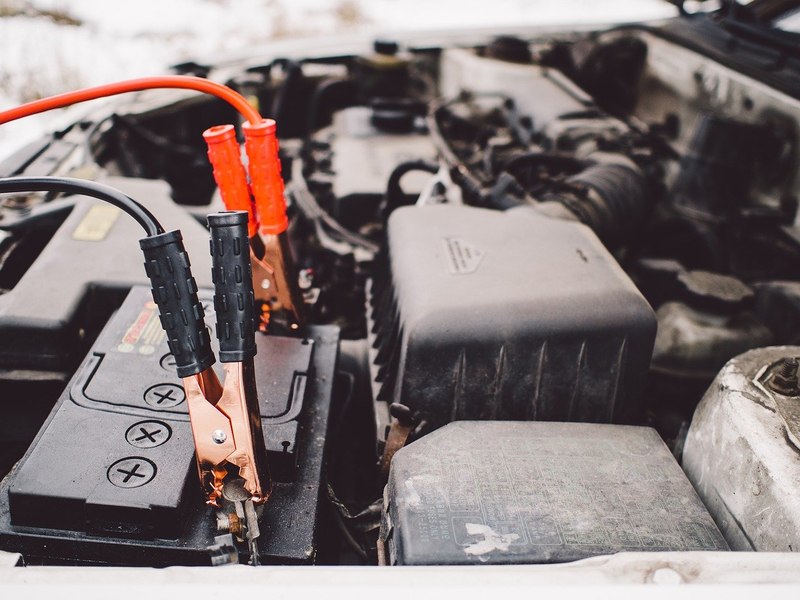
Engine cleaner: what to choose?
Selecting an engine cleaner can be a crucial decision for maintaining your car’s performance. While water is a common choice for washing the engine, its effectiveness may be limited, and the slow evaporation process can be a drawback. Opting for a specialized engine cleaner is often a more efficient solution. With various cleaning agents available on the market, some drivers even consider using extraction gasoline, which is particularly effective for removing stubborn stains from used oil. A universal preparation that serves multiple cleaning purposes can be the optimal choice, ensuring versatility for various components.
Regardless of the chosen cleaning liquid, it is essential to be mindful of sensitive areas during application. Contact between water or liquid preparations and electrical elements such as harnesses and ignition coils can lead to a short circuit. When using a potent engine cleaning agent, caution should be exercised to avoid spraying it on cables and rubber components like pipes and hoses, as they may be susceptible to damage.
Engine vs. pressure washer
While washing the engine can be accomplished with basic tools like a bucket and cloth, employing a pressure washer can significantly simplify the task. It is crucial to use low-pressure water to prevent damage to pipes and seals. Before applying any cleaning agent, a pre-rinse with a regular hose can be beneficial. However, attention to securing electrical installations during this process is paramount.
Compressed air and engine washing
Compressed air emerges as a viable alternative to water, providing a preliminary cleaning of the engine by removing dust and dirt. It can also be employed to dry concealed areas where water may accumulate. After completing the cleaning process, the engine should be allowed to dry thoroughly. An effective method is to leave the car hood open in a sunny location. Additionally, using compressed air, as described earlier, helps ensure that hidden spaces under seals and around electrical components are adequately dried.
Compressed air and engine washing
Post-washing precautions are essential. It is recommended to refrain from starting the engine when wet, as ignition problems may arise due to accumulated water. Evaporating fluids in contact with a hot engine block could lead to cracks in vulnerable parts like seals or insulation. Therefore, allocating time for both cleaning and thorough drying is a prudent approach when preparing to wash the engine.

